Products
-
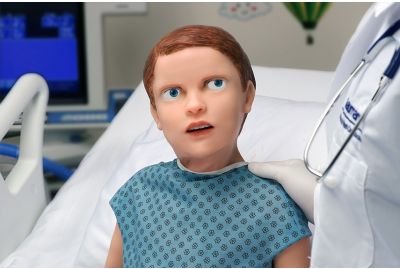 Pediatric HAL® S2225 - Wireless and Tetherless Pediatric Patient SimulatorS2225.PKLearn MorePediatric HAL® is the world's most advanced pediatric patient simulator and the first capable of simulating lifelike emotions through dynamic facial expressions, movement, and speech. HAL is designed to help providers of all levels develop the specialized skills needed to effectively communicate, diagnose, and treat young patients in nearly all clinical areas.
Pediatric HAL® S2225 - Wireless and Tetherless Pediatric Patient SimulatorS2225.PKLearn MorePediatric HAL® is the world's most advanced pediatric patient simulator and the first capable of simulating lifelike emotions through dynamic facial expressions, movement, and speech. HAL is designed to help providers of all levels develop the specialized skills needed to effectively communicate, diagnose, and treat young patients in nearly all clinical areas. -
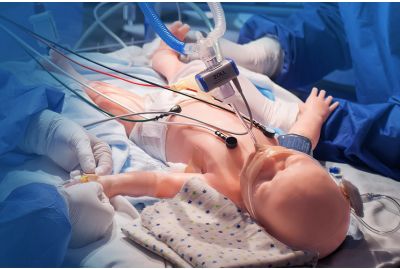 Super TORY® S2220 - Advanced Newborn Patient SimulatorS2220.PKLearn More
Super TORY® S2220 - Advanced Newborn Patient SimulatorS2220.PKLearn MoreSuper TORY® is the first newborn simulator developed to meet the challenges of neonatal care specialist training in real environments. Active movement, true ventilator support, real patient monitoring, and all-day battery life. These are just a few of the revolutionary new capabilities which allow Super TORY to simulate complex pathologies and respond to interventions with unparalleled realism.
-
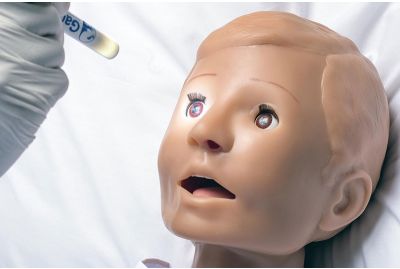 Pediatric HAL® S3005 - Wireless and Tetherless, Five-Year-Old Patient SimulatorS3005.PKLearn MoreFrom nursing to emergency care, the Pediatric HAL® S3005 Five-Year-Old Patient Simulator allows you to train teamwork and patient care skills through hands-on exercises. Pediatric HAL® is wireless and tetherless and remains fully functional while being moved from place to place.
Pediatric HAL® S3005 - Wireless and Tetherless, Five-Year-Old Patient SimulatorS3005.PKLearn MoreFrom nursing to emergency care, the Pediatric HAL® S3005 Five-Year-Old Patient Simulator allows you to train teamwork and patient care skills through hands-on exercises. Pediatric HAL® is wireless and tetherless and remains fully functional while being moved from place to place. -
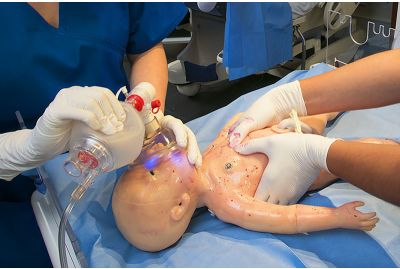 Newborn TORY® S2210 - Wireless and Tetherless Full-term Neonatal Care Patient SimulatorS2210.PKLearn More
Newborn TORY® S2210 - Wireless and Tetherless Full-term Neonatal Care Patient SimulatorS2210.PKLearn MoreNewborn TORY® offers a new level of fidelity with true-to-life physical and physiological attributes essential for effective neonatal care simulation training. With a truly wireless and tetherless design educators can freely simulate clinical cases in any setting, even in transit. Whether in a simulation center or in-situ, Tory brings neonatal simulation closer to real life than ever before.
-
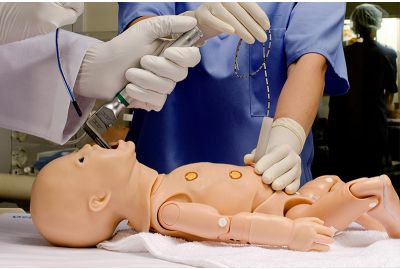 Newborn HAL® S3010 - Wireless and Tetherless, Neonate at 40-Weeks Gestational AgeS3010.PKLearn More
Newborn HAL® S3010 - Wireless and Tetherless, Neonate at 40-Weeks Gestational AgeS3010.PKLearn MoreNewborn HAL's® true-to-life physical and physiological features, wireless mobility, and ease-of-use allow you to simulate realistic clinical cases. Whether training occurs in a simulation center, in situ, or in transit, participants of any level can practice the skills needed to provide safe and effective care to neonatal patients.
